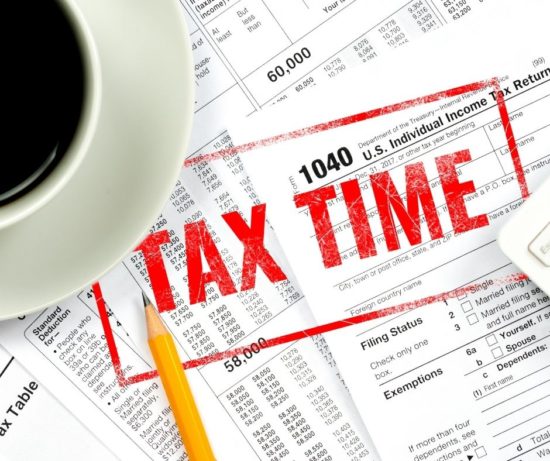
Many believe that associations are not required to pay taxes because they are non-profit corporations. However, in most cases, that is not accurate. In order for an association to be exempt from taxes, it must qualify as a tax-exempt entity under Section 501(c)(3) or (4) of the Internal Revenue Code.
Section 501(c)(3) of the Internal Revenue Code provides that an organization must be organized and operated exclusively for exempt purposes listed in that section and none of its earnings may inure to any private shareholder or individual. Acceptable exempt purposes include, but are not limited to, charitable organizations, religious organizations, and educational organizations. It is very rare that a common interest community qualifies as an exempt organization under this section of the Internal Revenue Code.
Section 501(c)(4) of the Internal Revenue Code requires an association to qualify as a “political subdivision” operated exclusively for promotion of social welfare. This condition is met if the association provides use and enjoyment of its common property to the general public and does not restrict use to only members of the association. In the few rare cases where associations do qualify as 501(c)(4) corporations, they are exempt from paying taxes.
All other associations are required to file federal tax returns. There are two tax forms that associations may utilize: 1) 1120, or 2) 1120-H. Form 1120 is a regular corporate form that is used by corporations. On the other hand, Form 1120-H is specific to community associations (i.e. homeowner associations, condominium associations, and townhome associations).
In order to utilize Form 1120-H an association must meet three criteria:
- At least 60% of the association’s revenue must be exempt income, which includes assessments and other fees levied on all members of the association to maintain the common property. On the other hand, non-exempt income includes other income of the association that is not derived from assessments. Examples of non-exempt income includes, but is not limited to, interest on bank accounts, income from laundry or vending equipment; rental income, and special user fees for association facilities;
- At least 90% of the association’s expenditures must be for the carrying on of exempt function activities; and
- The association must be substantially residential.
Form 1120-H is generally preferred to Form 1120 because it is simpler and only requires an association to pay taxes on non-exempt income, as opposed to Form 1120, which requires taxes to be paid on all association income. Although Form 1120 has a lower tax rate than Form 1120-H, most associations end up with a lower tax liability when using Form 1120-H because far less of their income gets taxed.
It is highly recommended that associations consult their CPA’s for tax planning advice and to complete and file their tax returns.